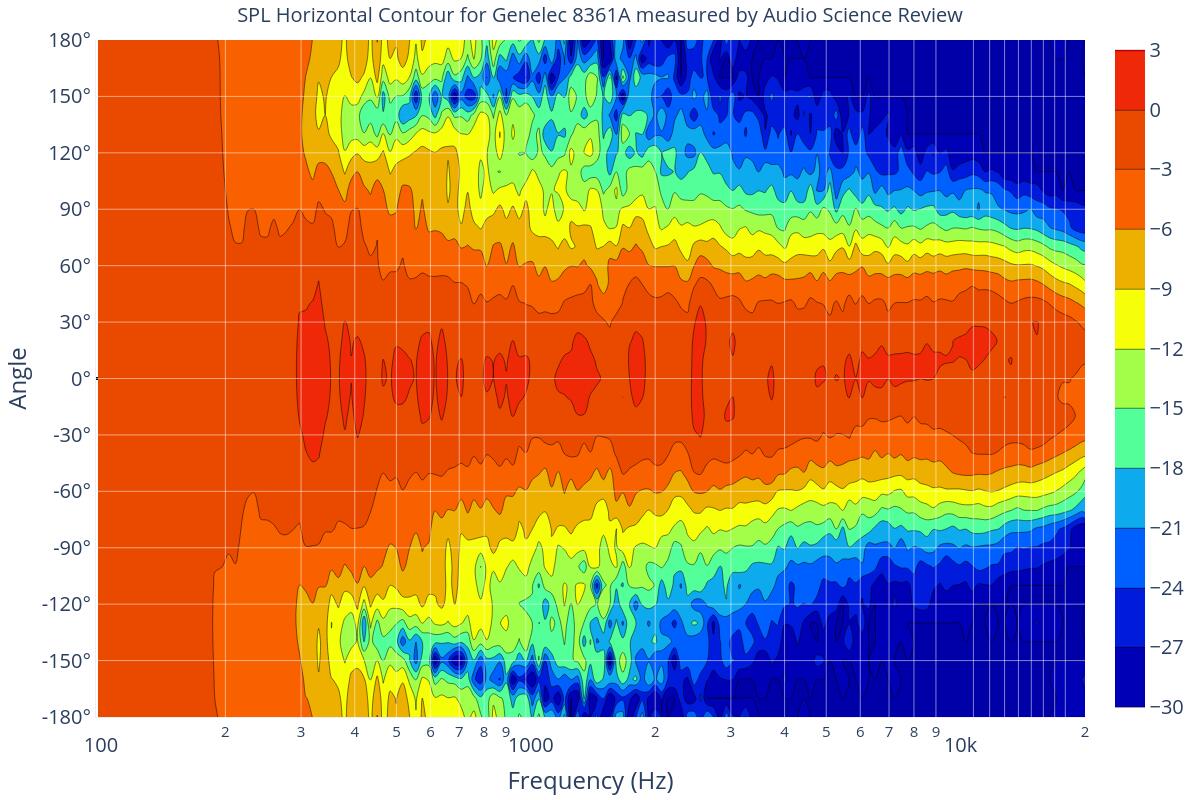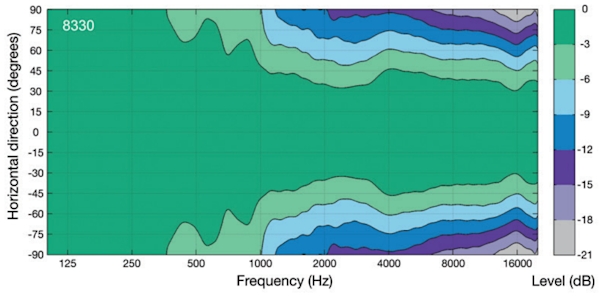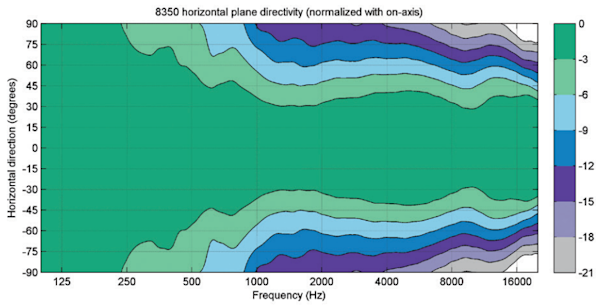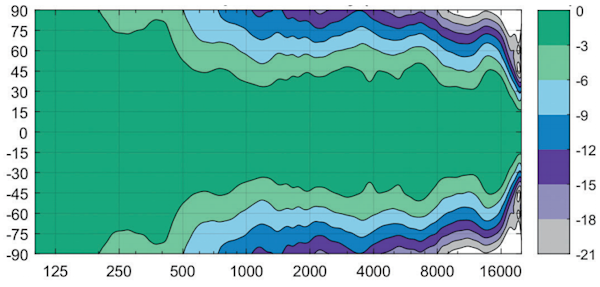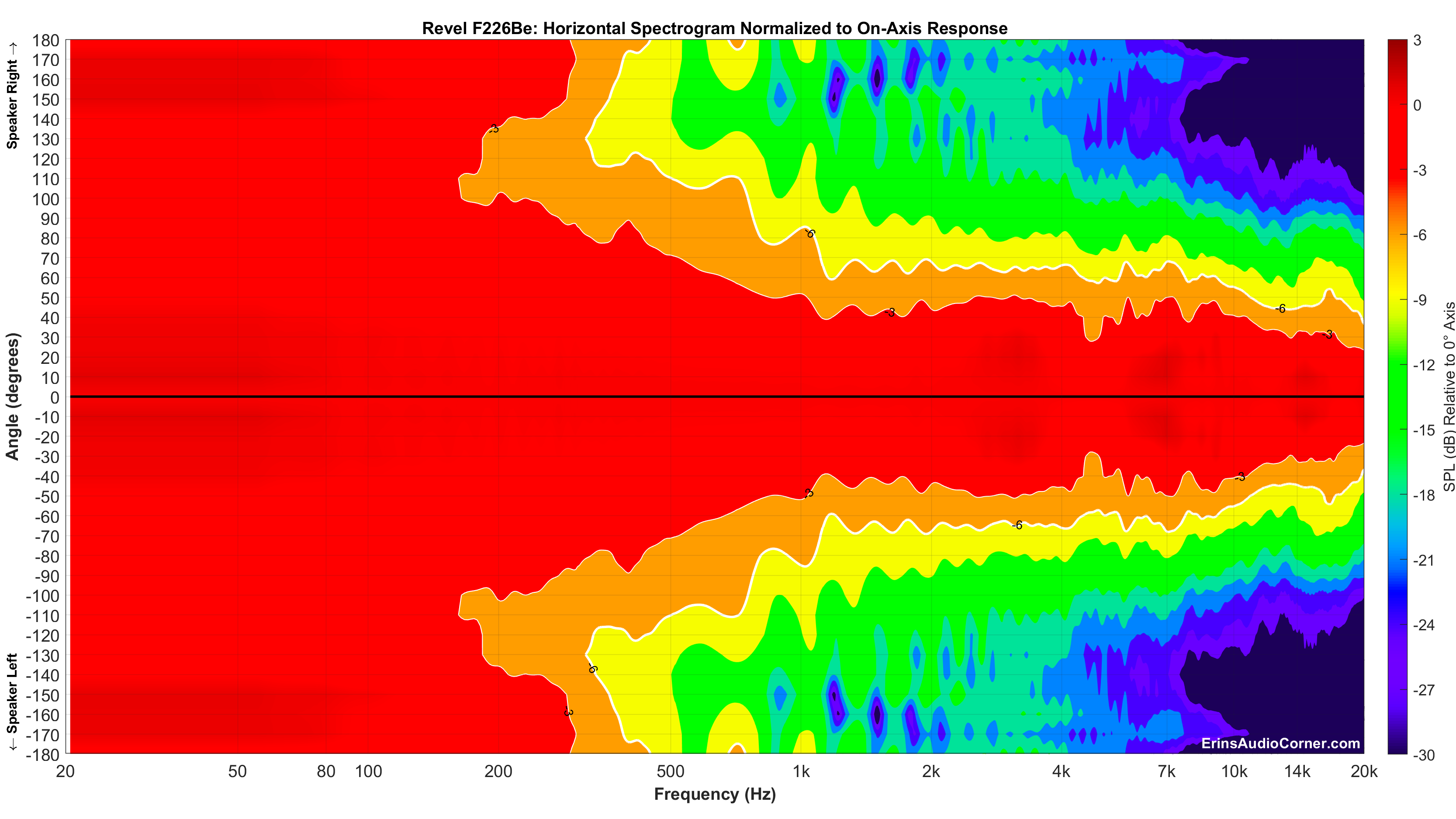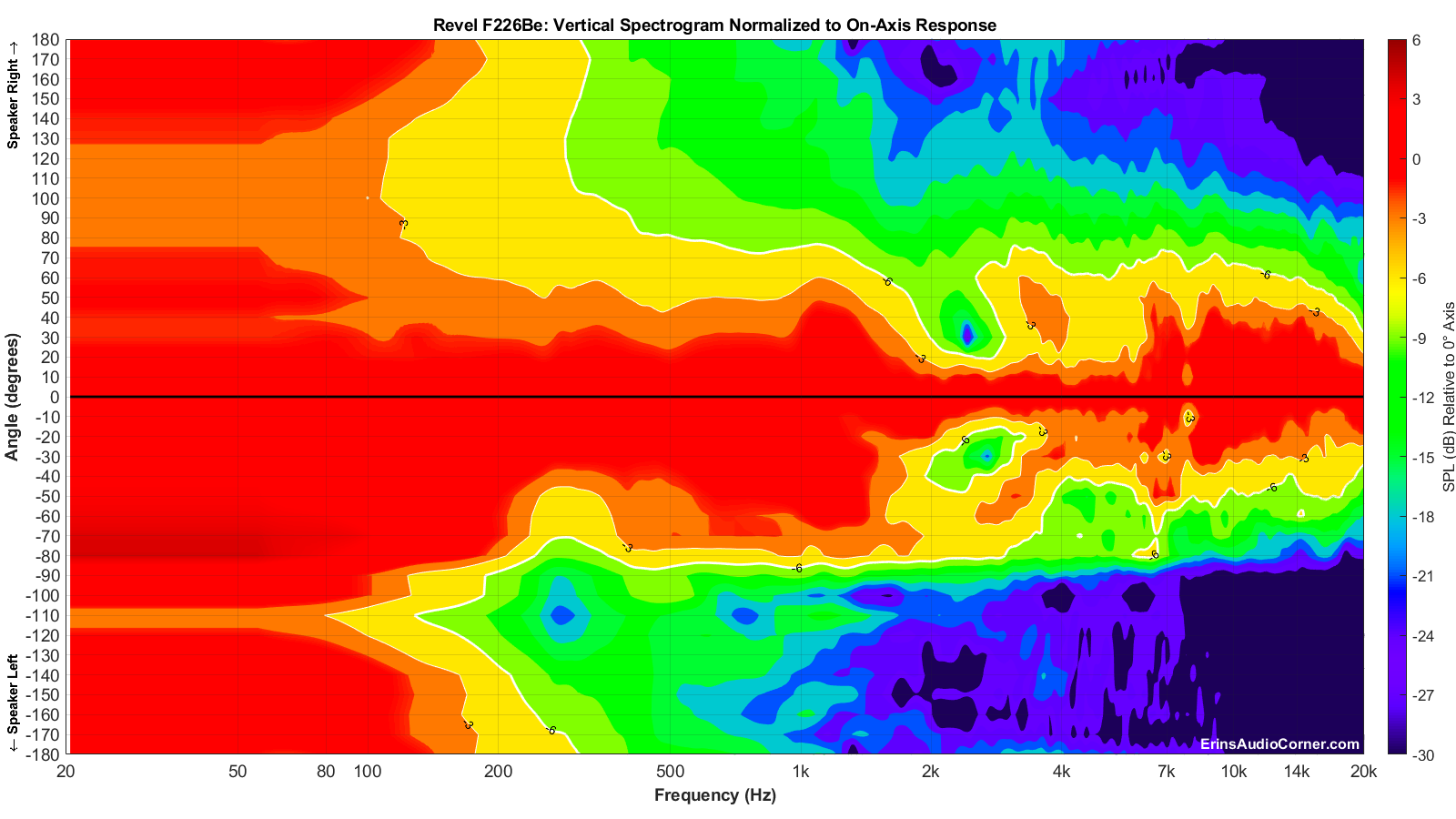Thank you for displaying these curves Bjorn. They look totally familiar, in that the predicted room curve is a good match above about 500 Hz, and is corrupted by room interactions at lower frequencies. All of this is discussed in AES papers dating from the mid 1980s, and my books. Obviously all setups and rooms yield different curves at lower frequencies, so individual attention is required for each installation if maximum performance is expected. Listeners have a powerful ability to adapt to, and “listen through” rooms to the extent that, in a given room, they are able to rate and rank the inherent sound quality of loudspeakers in a relative sense – the good ones still win, the bad ones still lose. However, in setting up one’s personal system the job is not done. To maximize the satisfaction from any loudspeaker, whatever its inherent performance, the huge influence of the room at lower frequencies must be addressed, and we know that bass is a substantial factor (30 %) in our perception of sound quality.
At frequencies below transition/Schroeder room resonances must be tamed, and if done successfully, the sound quality will improve, and it will be improved for multiple listeners, not just in the sweet spot. Multiple subwoofers in a bass managed system is the best solution. Bass management high-pass filters the satellite (bookshelf?) loudspeakers allowing them to play louder. This is inconvenient or impossible for dedicated two-channel listeners, but bass management is included in all multichannel processors. This alone might be motivation to have the option of occasional multichannel experiences or upmixing – 5.1 systems can be impressive; Atmos is overkill, but is commercially driven by you-know-who.
Notions that multichannel systems are incapable of superb two-channel reproduction are wrong. With bass management and competently designed subwoofer systems a system based on good bookshelf units can be seriously good. For me, video music concerts of all musical genres can provide high quality entertainment – there are many mediocre examples, unfortunately, but the best of them have excellent multichannel sound tracks putting you at the performance – and I like seeing the performers.
Still not at all as good as the live LA Phil concert we attended recently.

